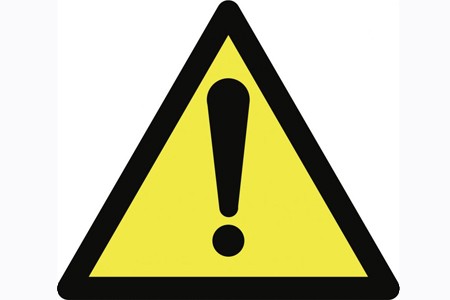
Some important changes to the
California legislation known as the "Proposition 65" introduced in 1986 will come into force in
August 2018.
The law already requires companies producing articles that are able to expose the public to chemicals that are hazardous to health, to provide
clear notices for such exposure and the possible risks arising. However, the "Proposition 65" does not ban the use of harmful substances. The principle of "Proposition 65" is that the consumer must in any case be
informed and put in a position to decide whether to limit his/her exposure to certain dangerous substances.
The application of the standard is the responsibility of a Californian state body, the Office of Environmental Health Hazard Assessment (
OEHHA), which maintains an updated list of chemicals that fall within the scope of the law.
Currently, the list, subject to frequent reviews, has
over 1,000 chemicals, and includes for example: Lead, Arsenic, Cadmium, Mercury, Phthalates, Solvents, Acrylamide, Bisphenol A, etc.
When a new substance is added to the list, the companies involved have
a year to adapt or make constructive changes to their product in order to remove the chemical or provide a specific warning to consumers.
For many of these substances the maximum tolerated quantities have not been identified, and it is therefore mandatory to provide the warning to users whenever there is even a minimal presence.
For substances for which the maximum acceptable limit is set, the limits are independent of the maximum levels accepted at the European level, so compliance with European standards is
not sufficient guarantee against the violation of the "Proposition 65".
The fundamental change that will come in force from August 2018 concerns the
type of notices accepted today even if generic. The public warnings must include the word "
WARNING" in bold and capital letters, and a triangular
graphic symbol with an exclamation mark, possibly yellow, according to the standard dictated by the OEHHA. The name of the identified chemical must also be reported in the notice and the type of damage that this substance may cause (cancer, reproductive toxicity, or both) must be specified. All notices, written in English, must also include a link to the OEHHA Proposition 65 website,
www.P65Warnings.ca.gov.
Therefore, companies that already provide notices for Proposition 65 will need to review the ways in which notices are formulated and exposed to the public by August 2018.
In April 2018, the OEHHA drafted and published a specific leaflet regarding
furniture, bringing to the public's attention how they can release a series of chemical substances already included in the Proposition list during their normal use in the living environment.
For info:Daniele Bergamasco
+39 0432 747249
bergamasco@catas.com

 Some important changes to the California legislation known as the "Proposition 65" introduced in 1986 will come into force in August 2018.
Some important changes to the California legislation known as the "Proposition 65" introduced in 1986 will come into force in August 2018.